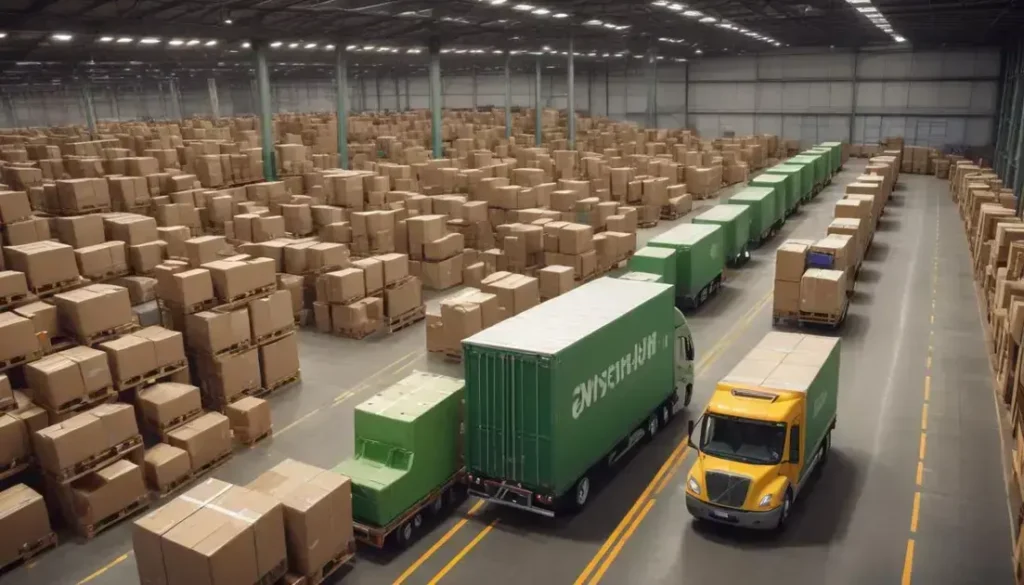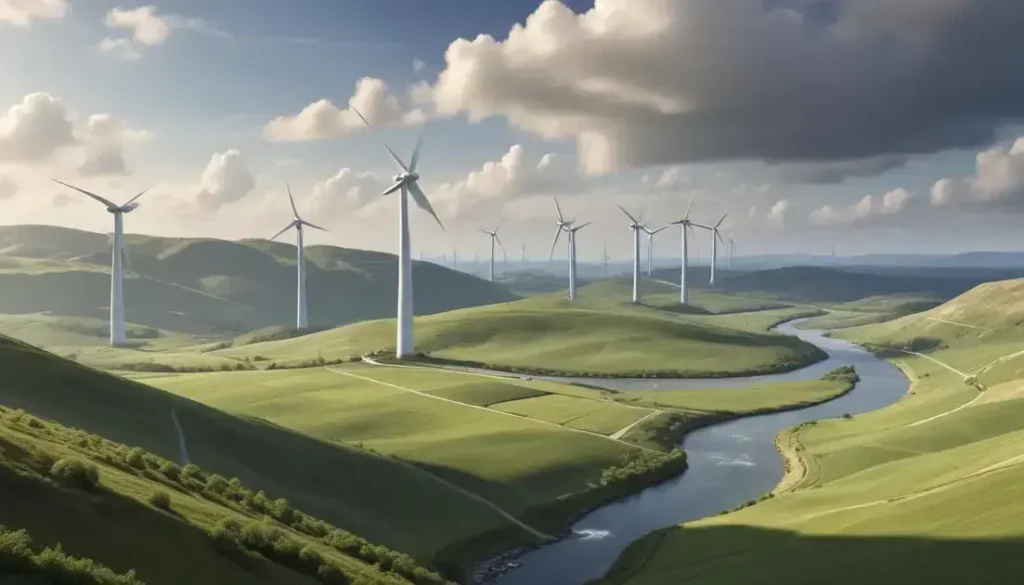Carbon removals are crucial for Australia’s sustainability efforts, with Microsoft leading initiatives to become carbon negative by 2030, promoting environmental responsibility and economic growth through innovative technologies and local partnerships.
Carbon removals are becoming increasingly vital in our efforts to mitigate climate change. Have you considered how international deals could revolutionise the Australian market? This article explores the implications of Norway’s recent milestone deal with Microsoft and how it could reshape the landscape for Australian businesses.
Overview of Hafslund Celsio’s CCS project
The Hafslund Celsio carbon capture and storage (CCS) project represents a significant leap in sustainable energy solutions. By capturing CO2 emissions from industrial processes, this initiative aims to reduce the environmental impact of fossil fuels. This project is crucial in the transition towards a lower carbon economy.
Located in Norway, Hafslund Celsio is developing facilities that employ advanced technologies to separate carbon dioxide from other gases. The captured CO2 is then transported for secure storage, preventing its release into the atmosphere. This process not only mitigates climate change but also opens up possibilities for innovative energy solutions.
Economical and Environmental Impacts: Implementing such a project highlights the dual focus of reducing emissions while remaining economically viable. The potential for job creation in both the construction and operational phases is significant for the local economy. As global awareness of climate issues rises, projects like Hafslund Celsio’s CCS can inspire similar initiatives worldwide.
Microsoft’s sustainability goals and impact on Australia
Microsoft has set ambitious sustainability goals that aim to create a significant positive impact on the environment, particularly in Australia. The company plans to become carbon negative by 2030, which means it will remove more carbon from the atmosphere than it emits. This commitment places Microsoft at the forefront of corporate responsibility.
A key component of Microsoft’s strategy involves investing in innovative technologies and partnerships to drive renewable energy use and efficiency. By collaborating with Australian businesses, Microsoft helps promote sustainable practices and offers tools that encourage a reduction in carbon footprints.
Investment in Local Initiatives: Microsoft’s engagement in local projects aims to foster a circular economy. Their investment in Australian startups focused on environmental solutions exemplifies their dedication to addressing climate change. This not only supports innovation but also creates job opportunities in the green sector.
As a part of the global tech landscape, Microsoft’s efforts underscore the importance of sustainable development for industries across Australia. Their influence in shaping sustainable practices can inspire others to follow suit, leading to a more resilient and environmentally responsible economy.
In Summary: Embracing Sustainability in Australia
Microsoft’s ambitious sustainability goals are poised to make a significant impact in Australia. By striving to be carbon negative by 2030, Microsoft sets a powerful example for other companies. Their efforts to integrate renewable energy and support local initiatives highlight the importance of corporate responsibility.
As Australian businesses collaborate with tech giants like Microsoft, they can embrace greener practices that benefit both the environment and the economy. The shift towards sustainability not only promotes a healthier planet but also strengthens job opportunities in the green sector.
In conclusion, the path to a sustainable future in Australia is achievable through innovation and cooperation. By prioritising sustainability, we can ensure a better quality of life for future generations.
Frequently Asked Questions
What are Microsoft’s sustainability goals in Australia?
Microsoft aims to be carbon negative by 2030, which means they will remove more carbon from the atmosphere than they emit.
How does carbon capture technology work?
Carbon capture technology captures CO2 emissions from industrial processes and stores it securely to prevent it from entering the atmosphere.
What is the impact of Microsoft’s initiatives on local businesses?
Microsoft’s initiatives help local businesses adopt greener practices, fostering innovation and creating job opportunities in the sustainability sector.
Why is sustainability important for Australian companies?
Sustainability is crucial for Australian companies as it helps reduce environmental impact, meets consumer demand for responsible practices, and can enhance brand reputation.
How can companies benefit from collaborating with Microsoft on sustainability?
Collaborating with Microsoft provides access to advanced technologies and resources that can boost a company’s sustainability efforts and improve their overall efficiency.
What role does the local economy play in sustainability projects?
Local economies benefit from sustainability projects through job creation, investment in green technologies, and increased opportunities for businesses that prioritise environmental responsibility.


